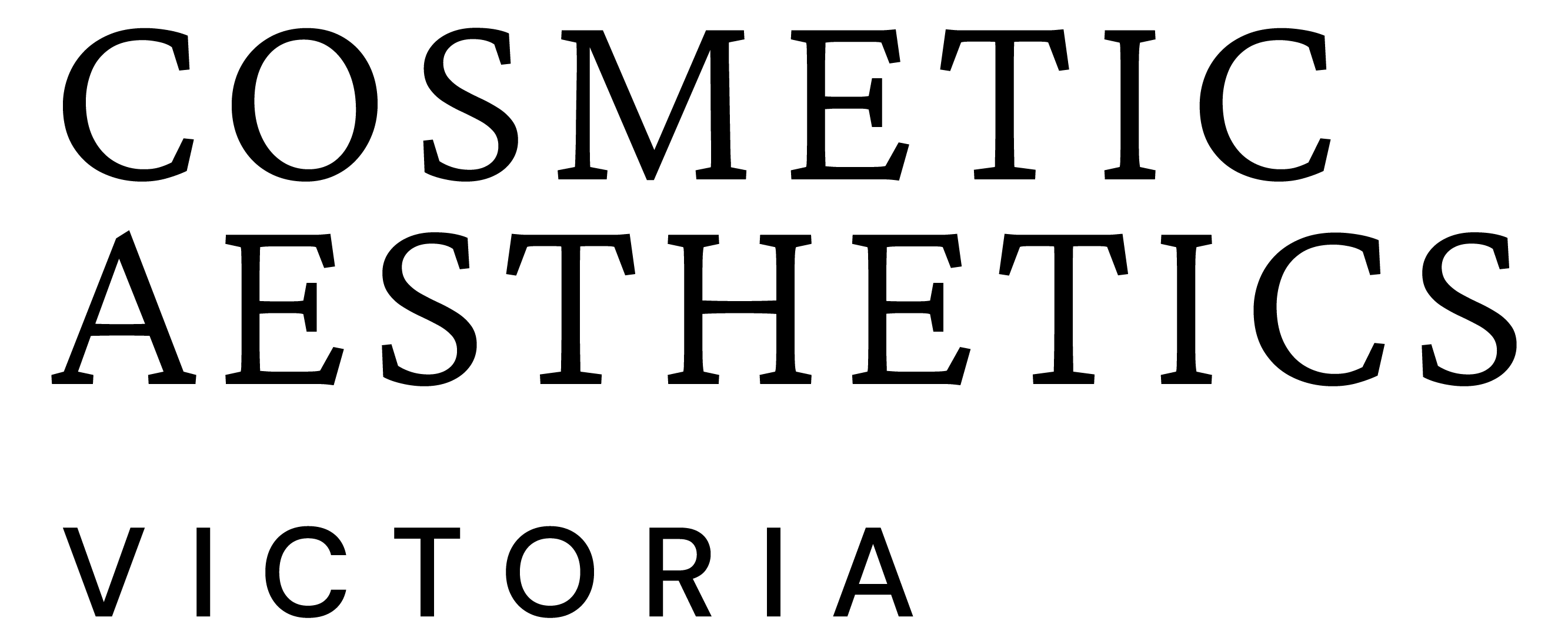
How Long Does Laser Hair Removal Last?
If you’ve ever felt frustrated with shaving, waxing, or the constant upkeep of your hair removal routine, you’re not alone. I’ve been there too—spending hours every month in front of the mirror, constantly worrying about missed spots or the dreaded regrowth. That’s when I decided to give laser hair removal a try. And let me tell you, it changed the game.
In this post, I’m diving deep into the world of laser hair removal. From understanding how long the results actually last to the factors that impact its effectiveness, I’ll walk you through everything you need to know about this popular treatment. Whether you’re considering it for the first time or looking to touch up your current results, I’ll share my own experiences and insights to help you set realistic expectations and get the most out of your treatment.
What You Need To Know About Laser Hair Removal And Its Longevity?
When I first considered laser hair removal years ago, I was looking for a long-term solution to what felt like an endless battle with shaving, waxing, and tweezing. Like many people, I’d heard that laser hair removal was permanent. I imagined a life where I could throw away my razors and say goodbye to those monthly waxing appointments. What I didn’t realise at the time, though, is that while laser hair removal can offer remarkable, long-term results, it’s technically more about permanent hair reduction rather than complete, everlasting hair removal.
It’s important to understand this distinction. Laser hair removal doesn’t promise that every single hair will be gone for good. However, it dramatically reduces the amount of hair that regrows, and for many people, the hair that does return is lighter, finer, and less noticeable. It’s like a constant “buzz” rather than a full-on storm of hair regrowth. It’s not uncommon for clients to experience nearly permanent results, but others may need occasional touch-ups.
The Process Of Laser Hair Removal
To truly appreciate how laser hair removal works and how long its effects last, it’s worth diving into the process. I remember my first session—there was a mix of curiosity and slight nervousness. The idea of a laser zapping away unwanted hair sounded a little sci-fi, but after the first session, I quickly realised that it’s actually pretty straightforward.
Laser hair removal works by targeting the hair follicle with concentrated light energy. The laser is absorbed by the pigment (melanin) in your hair. This energy is converted into heat, which damages the hair follicle and inhibits or delays its ability to regrow hair. Sounds simple, right?
But here’s the catch: not all of your hair is in the same phase of growth at any given time. There are three stages to the hair growth cycle—anagen (growth), catagen (transition), and telogen (resting). Laser hair removal is most effective during the anagen phase, when hair is actively growing. That’s why multiple sessions are necessary. Not every hair follicle is in the growth phase at the same time, so spreading out the treatments allows the laser to catch as many follicles as possible during the active phase.
In fact, in my own experience, I had to go back for about 8 sessions, spaced around 4-6 weeks apart. The hair on my legs was visibly sparser after each treatment, and by the end, I noticed a significant reduction. For those in Australia, keep in mind that we have some of the best technology available here, but it’s also crucial to see a qualified practitioner who knows how to tailor the treatment to your specific needs.

How Long Do Results Last After Laser Hair Removal?
When I tell people about my laser hair removal experience, the first question is often: “How long did the results last?” And honestly, it’s a bit of a personal journey for each person, but I can share my own experience to give you an idea.
After completing my initial series of treatments, I went about 6 months before seeing any noticeable hair regrowth. And even then, the hair that grew back was sparse and finer than it used to be. In my case, it’s been well over two years now since my last session, and I’ve only had to do a couple of small touch-up sessions here and there.
But, as much as I’d love to say laser hair removal offers a one-and-done solution for everyone, that’s not always the case. The truth is, many people will experience long-lasting smoothness for months or even years. However, a few hairs might eventually make their way back, albeit thinner and lighter. This is the “semi-permanent” nature of laser hair removal—lasting smoothness, but not an absolute guarantee that every single hair will stay gone forever.
How Laser Hair Removal Affects Hair Growth Cycle?
Understanding the hair growth cycle is key to understanding the results and longevity of laser hair removal. Most people don’t realise that only a small percentage of the hair on their body is actively growing at any one time. In fact, only about 20-30% of your hair follicles are in the growth (anagen) phase, the stage where the laser can do its work. This means that laser hair removal targets a fraction of the hair each time.
I had to explain this to a client recently who was concerned that their treatment wasn’t “working.” After sitting down and explaining the hair growth cycle, the client felt much better, knowing that additional sessions would target the remaining hair follicles in their anagen phase. This is one of the reasons why you’ll often need multiple sessions spaced apart.
Over time, as the follicles are treated, the amount of hair that regrows typically decreases. In fact, many clients experience hair regrowth that is so sparse and fine it hardly resembles the dense, coarse hair they had before. However, you might still notice a small amount of regrowth in certain areas, especially as you approach the end of your treatment.
Factors Influencing The Duration Of Hair-Free Skin
| Factor | Description | Impact on Results |
| Skin Type & Hair Characteristics | Lighter skin with dark, coarse hair offers the best contrast for laser targeting. Darker skin or lighter hair (blonde, red, grey) may respond more slowly. | Strong contrast = faster, more effective results. Less melanin = slower, less dramatic outcomes. |
| Hormonal Factors | Hormonal changes (e.g., pregnancy, menopause, PCOS) can reactivate hair follicles and cause regrowth, even after successful treatment. | Hormonal shifts may require touch-up sessions for long-term maintenance. |
| Treatment Area | Fast-growing areas (e.g., upper lip, chin) often need more frequent maintenance. Slower-growing areas (e.g., legs, back) hold results longer. | Smaller facial areas may regrow faster; body areas may remain smooth for longer durations. |
| Number of Sessions | Completing 6–10 full sessions spaced properly is key. Skipping or stopping early reduces overall effectiveness and longevity. | Full commitment to the series ensures maximum follicle targeting and longer-lasting results. |
| Type of Laser Device | Professional lasers (like Alexandrite or Nd:YAG) provide better, deeper results than at-home or low-powered devices. | Medical-grade lasers = longer-lasting results. At-home tools may need frequent use for maintenance. |
Will Hair Ever Grow Back?
Here’s where things get a little tricky: while laser hair removal significantly reduces the amount of hair on treated areas, some hair may still come back. I want to manage your expectations here. Even after finishing my treatment, I’ve noticed some hair regrowth in certain areas, like the sides of my bikini line. But here’s the good news: when it regrows, it’s usually much finer and lighter than before. It’s almost like I don’t have to worry about it at all.
For most people, any regrowth is typically sparse and much less noticeable than it was before. I have a few clients in Melbourne who have said that the hair that does return is so thin that they don’t even bother to shave or wax it anymore. The regrowth is simply part of the process. That said, some individuals, depending on their skin type, hair type, and hormonal influences, may experience more regrowth than others.
A rare occurrence, but something worth mentioning, is a condition known as paradoxical hypertrichosis. This is when hair grows back thicker and darker in areas adjacent to the treated region. Thankfully, this is quite rare, and most people won’t experience this.
Maintenance Sessions And Their Role In Sustaining Results
I’ve worked with plenty of clients who ask, “Once I’m done with the treatment, do I need to come back?” The answer? Yes, but probably not as often as you think.
After the initial series of treatments, you may notice that the hair comes back more slowly or becomes finer. But, like any other treatment, laser hair removal isn’t a one-time fix. To keep those results, most people will need maintenance sessions—usually once every 6-12 months. Think of it like keeping your car serviced; it ensures everything continues to run smoothly.
For me, I’ve found that touch-up treatments once or twice a year are enough to maintain the smoothness. During these sessions, the technician will target any regrowth, keeping your skin soft and hair-free. It’s also worth mentioning that the longer you go between sessions, the more likely it is that you’ll need additional treatments to tackle stubborn regrowth.

Maintaining Smooth, Hair-Free Skin With Follow-Up Treatments
Here’s the bottom line: Laser hair removal is a game-changer for long-term hair reduction, but it’s not 100% permanent for everyone. Most people will experience a significant reduction in hair regrowth, but the hair that comes back will be much finer and lighter. For long-lasting results, it’s essential to manage your expectations and understand that maintenance sessions are necessary to maintain smooth, hair-free skin over time.
To get the best results, commit to completing the full treatment cycle, consider hormonal influences, and take the time to care for your skin after each session. And, of course, regular touch-up treatments will keep you feeling confident and ready for anything.
Laser hair removal is a fantastic investment for long-term hair reduction, but it’s important to remember that results can vary depending on factors like skin type, hair characteristics, and hormonal influences. The treatment offers lasting smoothness, with regrowth often being finer and lighter, but it’s not always a guarantee of complete, permanent hair removal for everyone.
To maintain the best results, follow-up treatments or maintenance sessions every 6-12 months are often necessary to keep regrowth in check. Always consult with a qualified technician to develop a treatment plan that’s right for your needs.
In the end, laser hair removal can be a life-changing solution, and by understanding how it works and managing your expectations, you can enjoy smooth, hair-free skin for years to come.
